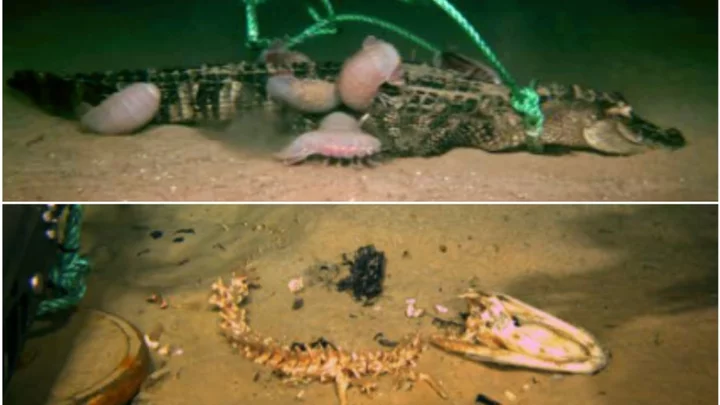The Mona Lisa has been the subject of awe and fascination for centuries, with experts from around the world desperate to solve the mystery behind her iconic, enigmatic smile.
Now, thanks to X-ray technology, scientists have begun to uncover the secrets of Leonardo da Vinci’s legendary portrait, and explain how he was able to create something so mind-bending with just a few strokes of a brush.
The research, published in the Journal of the American Chemical Society on Wednesday, suggests that the Italian Renaissance master may have been in a particularly inventive mood when set about crafting the piece in the early 16th century.
"He was someone who loved to experiment, and each of his paintings is completely different technically," Victor Gonzalez, the study's lead author, told the Associated Press..
Gonzalez, who has studied the chemical compositions of dozens of works by Leonardo and other artists, discovered that there was something special about the paint used for the Mona Lisa.
Specifically, the researchers found a rare compound, called plumbonacrite, in Leonardo's first layer of paint.
The discovery confirmed that Leonardo most likely used lead oxide powder to thicken and help dry his paint as he began working on the portrait.
He is thought to have dried the powder, which has an orange colour, in linseed or walnut oil by heating the mixture to make a thicker, faster-drying paste.
"What you will obtain is an oil that has a very nice golden colour," Gonzalez said. "It flows more like honey."
Carmen Bambach, a specialist in Italian art and curator at New York's Metropolitan Museum of Art, who was not involved in the study, called the research "very exciting".
She emphasised that any scientifically proven new insights into Leonardo's painting techniques are "extremely important news for the art world and our larger global society."
Finding plumbonacrite in the Mona Lisa attests "to Leonardo's spirit of passionate and constant experimentation as a painter—it is what renders him timeless and modern," Bambach said.
The paint fragment Gonzalez and his team analysed for their study was taken from the base layer of the painting and was barely visible to the naked eye.
It was no larger than the diameter of a human hair, and came from the top right-hand edge of the picture that now takes pride of place in Paris’s Louvre Museum.
The scientists peered into the sample’s atomic structure using X-rays in a synchrotron – a large machine that accelerates particles to almost the speed of light.
This allowed them to unravel the speck's chemical makeup and detect the plumbonacrite.
The compound is a byproduct of lead oxide, allowing the researchers to say with more certainty that Leonardo likely used the powder in his paint recipe.
"Plumbonacrite is really a fingerprint of his recipe," Gonzalez said. "It's the first time we can actually chemically confirm it."
After Leonardo, Dutch master Rembrandt may have used a similar recipe when he was painting in the 17th century; Gonzalez and other researchers have previously found plumbonacrite in his work, too.
"It tells us also that those recipes were passed on for centuries," Gonzalez said. "It was a very good recipe."
Still, the ‘Mona Lisa’—said by the Louvre to be a portrait of Lisa Gherardini, the wife of a Florentine silk merchant—and other works by Leonardo still have other secrets to tell.
"There are plenty, plenty more things to discover, for sure,” Gonzalez said.
“We are barely scratching the surface.”
Sign up for our free Indy100 weekly newsletter
Have your say in our news democracy. Click the upvote icon at the top of the page to help raise this article through the indy100 rankings.









